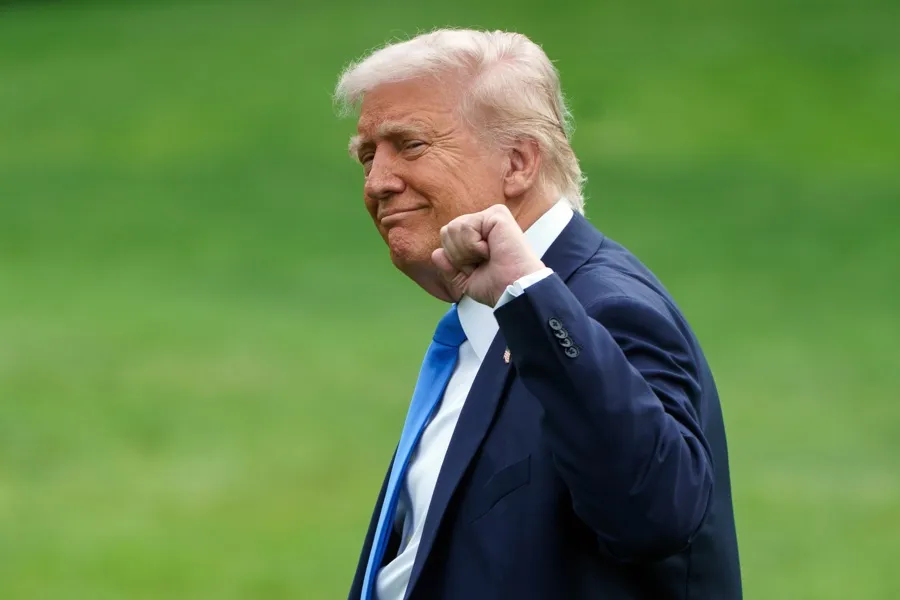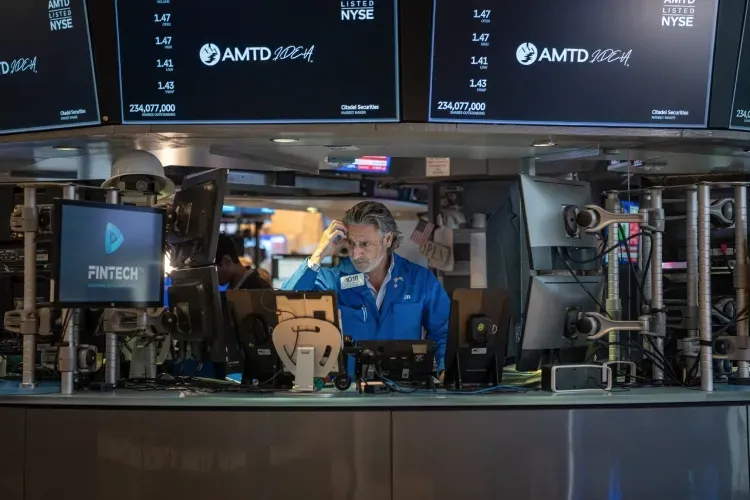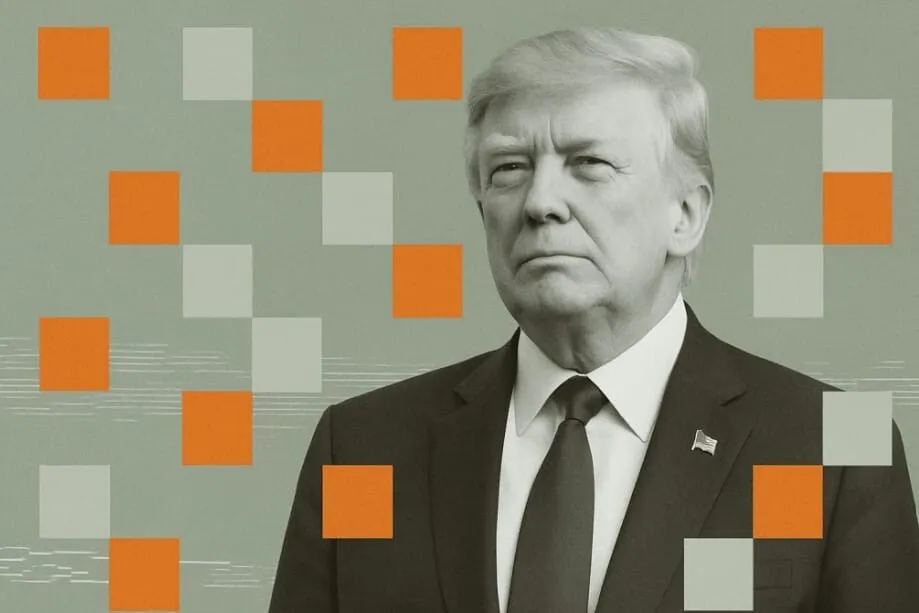The impact of the automotive strike in the United States is not limited to the vehicle manufacturing industry. For the first time in history, the United Auto Workers (UAW) organized a strike, along with joint protests at General Motors, Ford Motor, and Stellantis plants.
Among the demands of the 13,000 automotive workers are a cost-of-living wage increase, an end to wage tiers in factories, restoration of overtime pay, and reinstatement of pensions and labor guarantees during the transition to electric vehicle manufacturing. Many of these benefits were lost during the 2007-2008 financial crisis.
In the United States, the automotive industry, including foreign companies with operations within the country, represents around 3% of the gross domestic product (GDP).
The 20 days of strike have caused an economic impact that not only affects the automotive market but also the American consumer. Even though it may not seem like it.
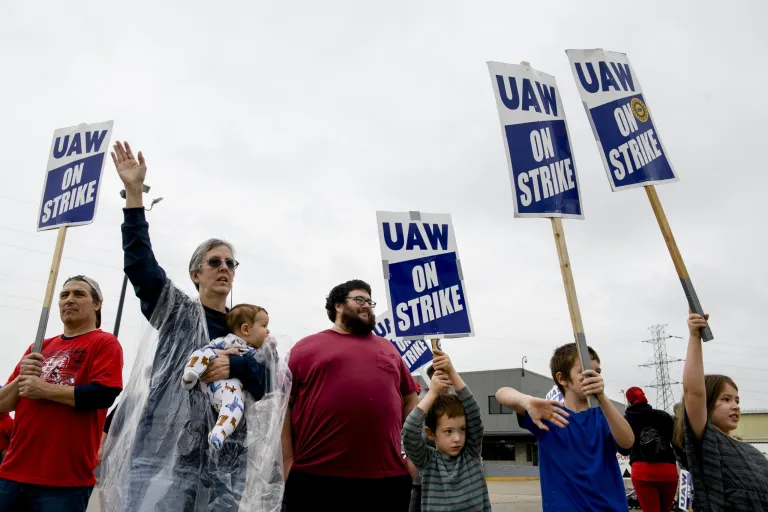
What are the most important automotive strikes in the US history?
The beginning of automotive strikes in the US dates back to 1932, with Ford's "Hunger March" in Michigan after the Great Depression.
The longest strike started on November 21, 1945, and lasted until March 13, 1946. For 113 days, around 300,000 UAW workers protested against General Motors Corporation.
After World War II, factory workers demanded wage increases and better working conditions as production and industry profits had significantly increased during the war.
300,000 workers demanded a 30% salary increase and price controls on products. However, the strike ended with frustration from the union leader Walter Reuther and the UAW. The workers received only a 17.5% increase.
This strike marked a milestone in the struggle for labor rights in the United States, strengthening the automotive workers' union and setting a precedent for future collective bargaining in the industry.
We did a list of the most significant auto workers strikes in the history of the United States (in Spanish, but you can hear the videos in English)
https://cdn.knightlab.com/libs/timeline3/latest/embed/index.html?source=12wLsN1sn6wzkQ98kMpdCiweIY8UbjJ-Pk1IBqd6L114&font=Default&lang=en&initial_zoom=2&height=650
The UAW strike disrupts the economy
Beyond the automotive sector, this particular strike also affects Americans' pocket. It implies million-dollar losses for one of the major industries that drives the country's economic force.
Although some experts indicate that the automotive strike will not lead the economy into a recession, the impact will leave a mark depending on the number of days the industry is paralyzed and the number of workers who join. Currently, there are 13,000 workers on strike out of a total of 150,000 in the UAW.
For example, the economic firm Anderson Economic Group estimates that if all UAW workers at Ford, General Motors, and Stellantis were to go on strike for only 10 days, it would cost the US economy up to $5 billion.
Another estimate, from Ehrlich, suggests that the effect of the strike would be much smaller but still impact Americans. The financial company calculates that the economy would lose up to $440 million if all UAW members maintained a strike for two weeks.
If the strike by all workers in these three companies lasts for eight weeks, the losses for the US economy would amount to $9.1 billion, according to Ehrlich's estimates.
Ehrlich predicts that at the state level, Michigan, which has become the center of several automotive strikes, will lose up to $10.6 million in tax revenue if the strike extends beyond two weeks.
Less workforce, less money for the government. What will happen?
This year's automotive strike is one of the most significant ones that the United States has faced, hence the unexpected support from President Joe Biden to the industry workers.
UAW employees on strike will receive $500 weekly as strike pay.
Vehicle inventories in the United States are still below pre-pandemic levels. These major automobile manufacturers need to fully resume their operations to sustain an economy that is still resilient. However, car manufacturers face a problem with their suppliers. If the strike continues and companies like Ford and General Motors start canceling their orders, a domino effect might begin in the parts supply network, leading to layoffs of their employees due to lack of income.
The domino effect does not stop at the supplier network. When the country has fewer people working, tax revenues will be lower, and this is only one of the collateral damages caused by the UAW strike.
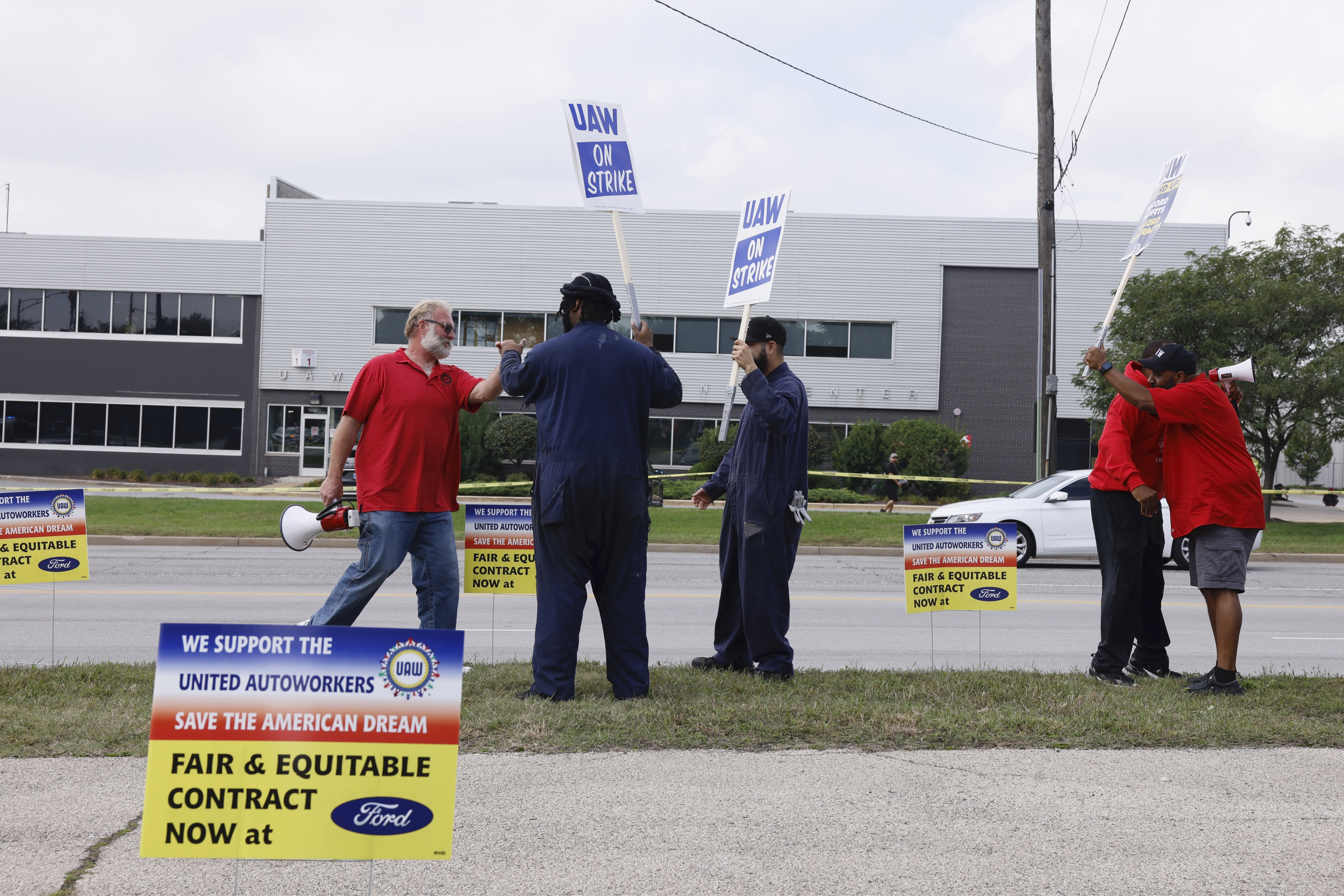
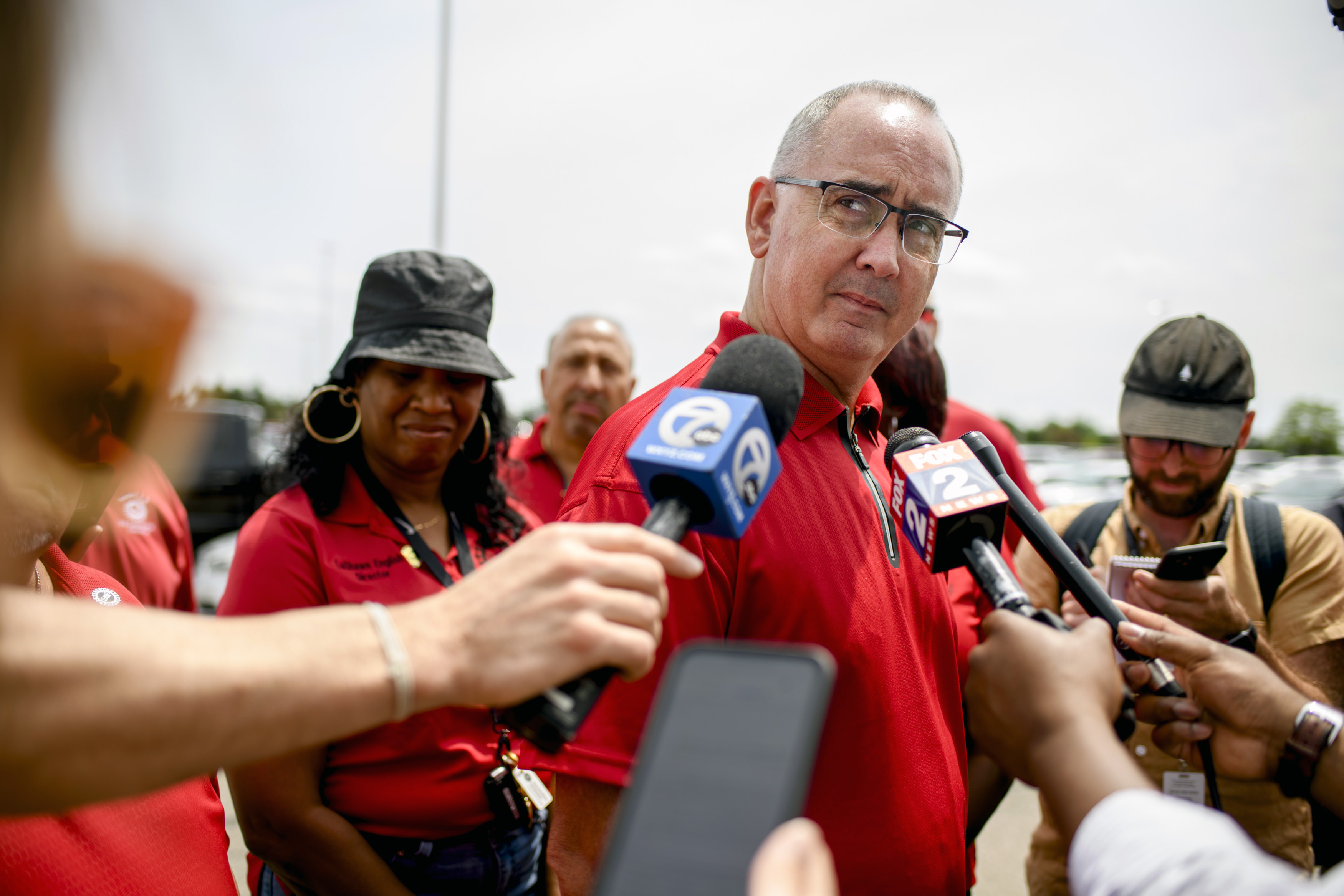

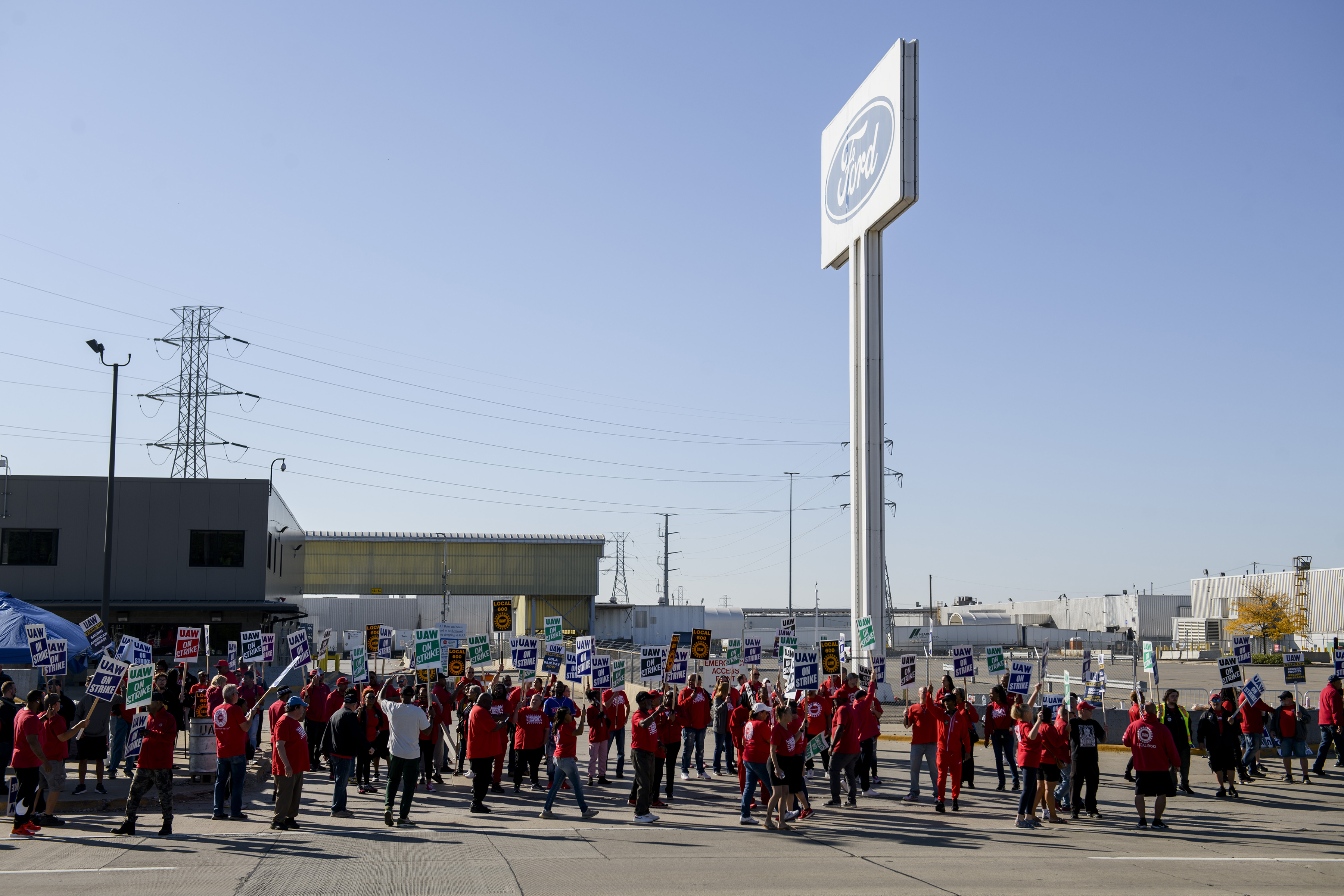
Less manufacturing leads to more expensive cars. That's how the future will be
The main concern of this strike is vehicle manufacturing. Will the United States stop producing cars? The answer is no, for now. The industry continues to manufacture vehicles, but at a slower pace.
According to estimates by the Anderson Economic Group, the sector could be ceasing the production of up to 25,000 vehicles, as the strike has extended for more than 10 days.
And as with everything, the supply-demand balance brings about an increase in vehicle prices. With less demand, the costs of cars in the market from these companies affected by the strike will be higher.
According to the August Consumer Price Index, prices of new vehicles have increased by an average of 3% compared to last year
This crisis in the automotive sector cannot be compared to the COVID-19 pandemic or the chip shortage, its impact will worsen if companies do not reach an agreement with the employees.
At the time of this analysis, the companies had not reached an agreement with the unions, as they claim that the demands to end the strike do not align with their needs. GM, Ford, and Stellantis point out that they are at a disadvantage compared to non-unionized vehicle manufacturers like Tesla.
Last Thursday, General Motors stated that they are in "constant contact" with the workers and have presented a proposal. Meanwhile, Ford warns that the future of the industry is in danger. Stellantis is not far behind and states that their approach continues to be "negotiating in good faith".
Has the UAW strike political impact? Biden covers his own back
All strikes, regardless of the sector, have their influence in politics. President Biden has already shown his public and historical support for union workers in the industry. Biden is the first president to do so.
The automotive workers' union, which generally supports Democratic candidates, as it did with Biden in 2020, has not confirmed its support for his re-election in 2024.
The UAW has its problems with the momentum the electric vehicle industry has gained, especially because union workers have not been considered for employment in these factories.
This is a point against Biden. The federal administration has granted incentives and loans for new factories, but it has not required the inclusion of unions.
On the other hand, Donald Trump has tried to gain points with the UAW by criticizing Biden's policies, but it is still not enough to win the support of automotive industry unionists. Negotiations continue, and so does the strike. Companies in the automotive sector are offering a salary increase between 14% and 15%, while the UAW is expecting an increase of 40%.
A truce does not seem to be around the corner, as electric vehicle plants continue to gain prominence and ground in the industry.
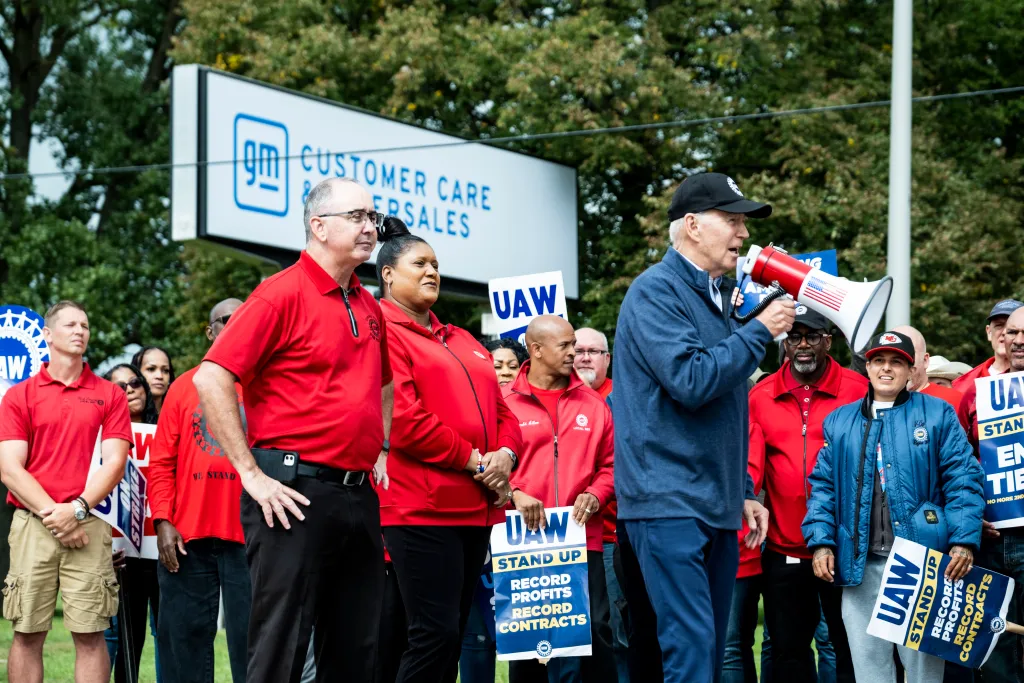
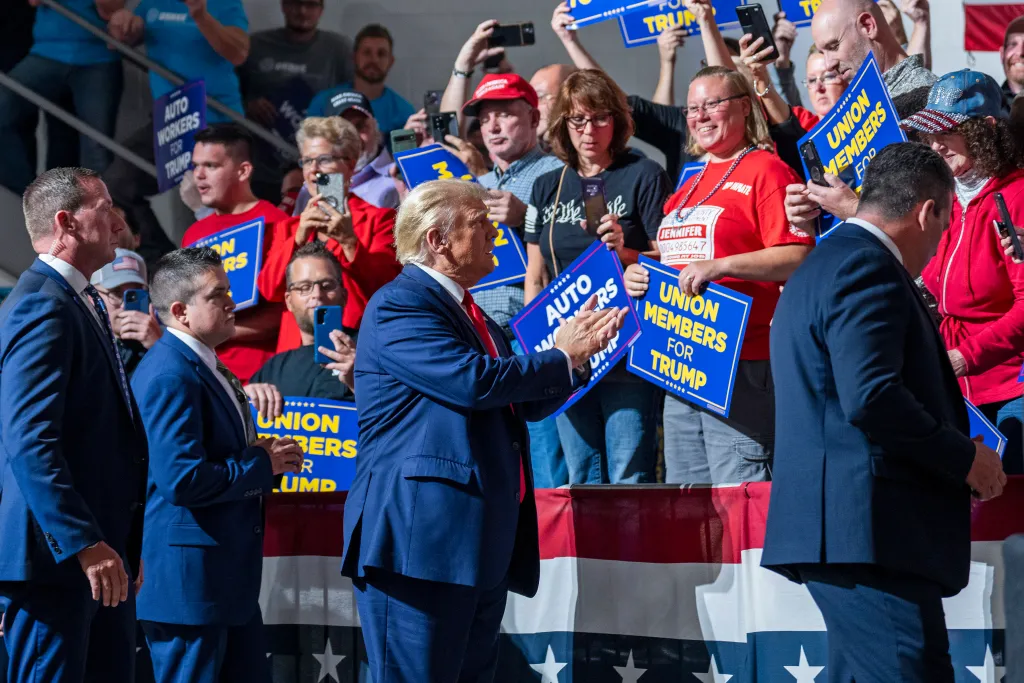
You might be interested in reading:




